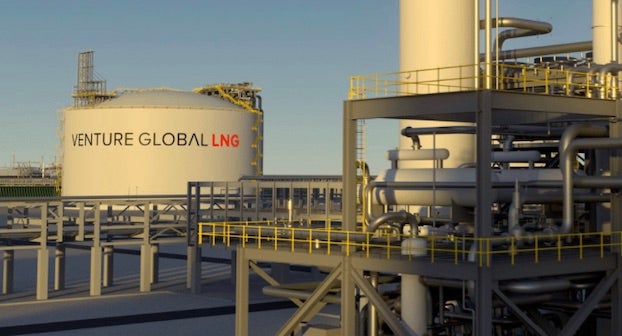DOTD holds open house on I-10 Bridge Project
Published 11:11 am Friday, October 25, 2013
Thursday’s public meeting held by the state Department of Transportation and Development and the Federal Highway Administration was more of an open house than a formal event.
The meeting featured no presentation on the I-10 Calcasieu River bridge project. Instead, the public was encouraged to attend, browse the available information and ask questions. For most of the three-hour public event, attendance by local residents was sparse.
For those who did stop in, to help answer some of their inquiries, information was provided about the draft project, coordination plan, the draft purpose and the project study area. Information was also provided on the process of preparing an environmental impact statement for the project.
Deidre Druilhet, a public information officer for the DOTD, was one of the project representatives at the meeting. She said events like the open house are not only customary for endeavors of this size, they’re also valuable for the DOTD.
“Basically this was just a scoping meeting for the project. It allows us to get comments from the public early on so we can hear the concerns they may have,” Druilhet said. “This also gives us a chance to educate them on how exactly this process works.”
The scale of the work is immense, and the history of the bridge is extensive. It was built in the early 1950s as part of the U.S. 90 highway system. In the 1960s the bridge was integrated into I-10. Sixty years later, increased demand along I-10 from the east and west interchanges with I-210 has created problems for the area.
The project to address these issues is in the early stages. Scoping meetings are the first of many steps over a number of years. One timeline shows the project stretching into 2016 before the final environmental impact study is approved. Druilhet said the environmental aspects of the project play a vital role in what happens in each step.
“We also have environmental representatives here,” she said. “A lot of times whenever there is a scoping meeting, environmentalists come out to learn about the project. They want to learn about what exactly is going to take place in this process.”
The bridge’s capacity is a focal point in the project’s plans. The existing capacity is 53,000 vehicles per day. Currently, the traffic volumes exceed 64,000 vehicles per day, and indications show the number is only going to increase. Another problem identified with the bridge has to deal with connectivity. I-10 within the project limits is two lanes in each direction; outside of the project limit it’s three lanes in each direction. This change creates a bottleneck in the flow of traffic, officials said. Also, vehicles that have engine trouble on the bridge have no place to pull over since the bridge is without shoulders for traffic.
Druilhet said the project will touch on more local aspects than just traffic, even though that is the most important.
“With a project of this size, you’re going to see companies come in looking for local workers,” Druilhet said. “You also have to think of hurricane season. It’s a huge benefit to have a reconstructed bridge enabling more traffic to move in and out.”
The DOTD lists a number of benefits for the project as whole. Some of the goals include reducing traffic congestion and facilitating connectivity on I-10, reducing the steep profile of the bridge and improving response time during emergency evacuations.
Druilhet said the process is long and that the time frame is something local residents should remember about the project.
“The public has to understand that there is a process. We encourage them to come out and get informed,” she said. “These events are vital for the project.”
(Kirk Meche / Special to the American Press)
(Kirk Meche / Special to the American Press)





